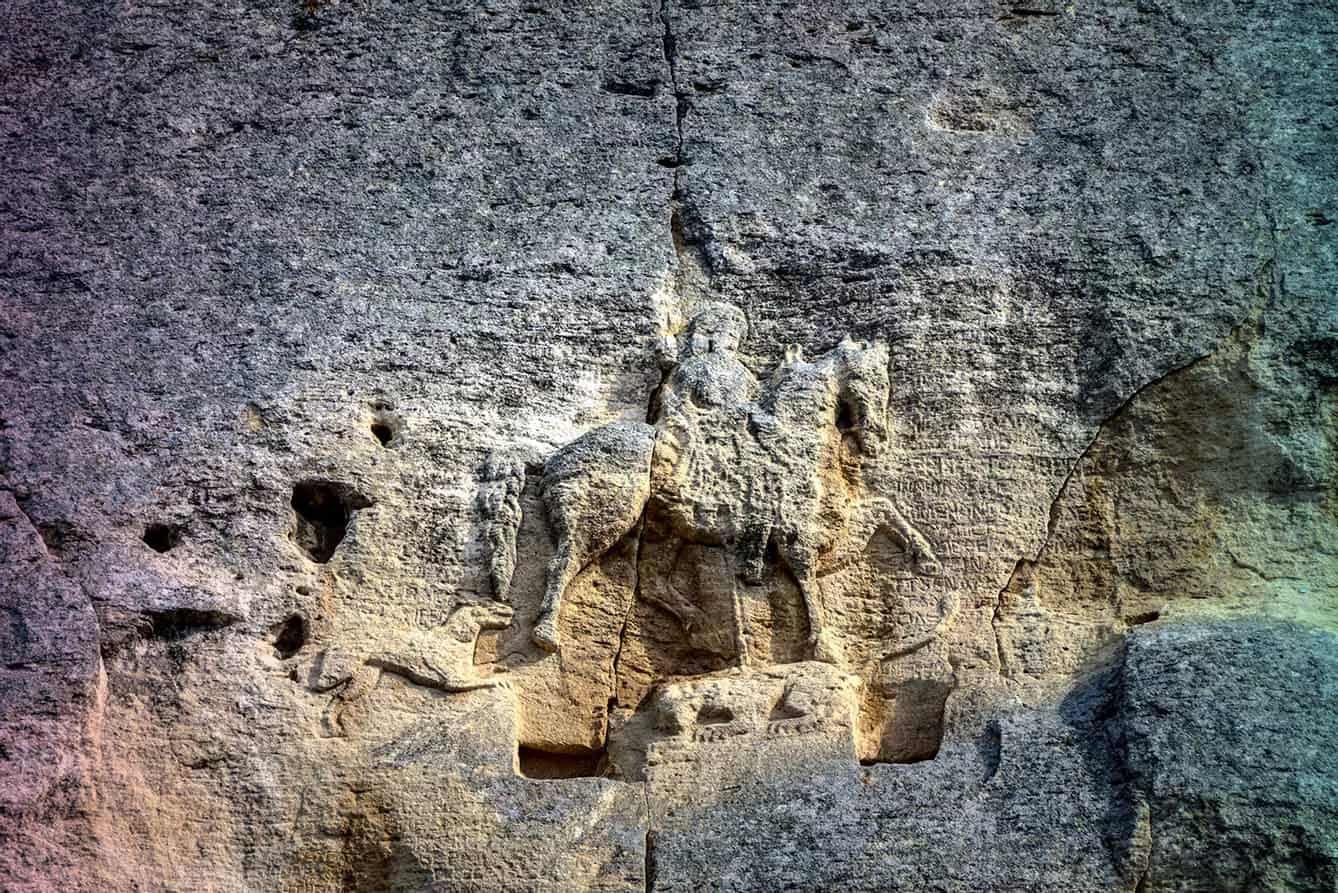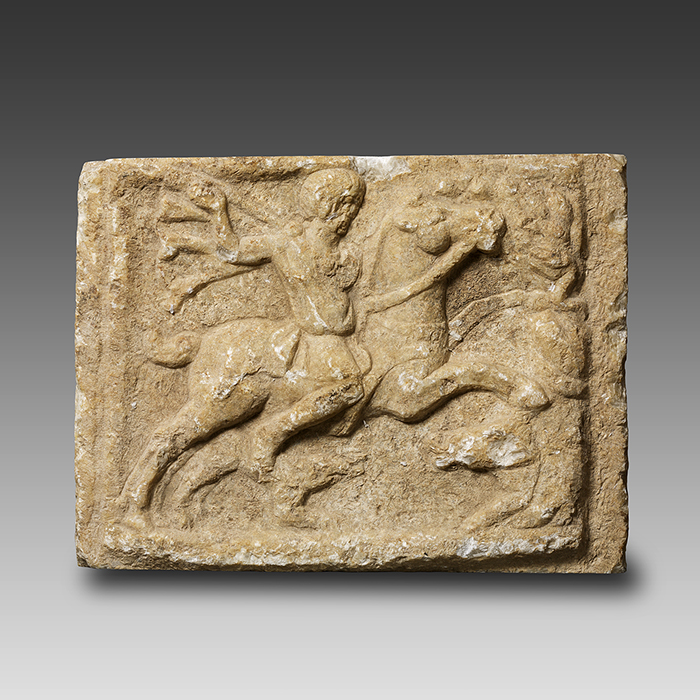In addition to their beliefs and traditions, the Slavs, upon settling in the Balkans, assimilated elements of the Balkan tradition. This trend is not unique to the Slavs; it’s a characteristic shared by many peoples. The Romans, when expanding their state beyond the Apennine peninsula, also incorporated foreign cultural elements, albeit selectively. One such cultural element is The Thracian Horseman. Furthermore, this mythical figure holds particular significance in the assimilation process.
Pagan Customs in Christian Era
The spread of Christianity in Europe led to the suppression of the old pagan faith. However, rather than complete eradication, many pagan customs found new expression within Christian practices. An intriguing example is the Thracian horseman, a mythological figure originating from ancient Thrace. Though the precise details of the Thracian Horseman cult remain unclear, its prominence among the ancient Eastern Balkan population is evident.
The Thracian Horseman
The Thracian horseman is typically depicted on tombstones or near springs, often on stone tablets showing his right profile. This youthful figure, without a beard but with long hair, sits on a horse, right hand extended holding a spear or goblet, left hand managing a bridle or holding a shield. Behind or below the horseman, a dog, boar, or lion is frequently shown. An altar, women in long dresses, or a tree with a snake may be present in front of the horseman. The horseman usually wears a uniform and a cloak.
Many speculate that the Thracian Horseman symbolizes death or represents the deceased, possibly serving as a guide to the afterlife. Though this remains speculative, the Thracian’s association with war and horses links the horse’s presence.
An alternative theory suggests that the Christian successor to the Thracian Horseman is Saint George. The resemblance between the two figures is striking, leading some villagers to mistakenly identify a Thracian horseman plaque as an image of St. George. Another related representation is the Madar horseman, a stone relief on the Madara plateau in northeastern Bulgaria, often considered the “heir” of the Thracian horseman.
The Madara Horseman

Despite scholars rejecting the theory of a direct connection to the Thracians, the Madara horseman, dating from the 7th or 8th century, shares undeniable similarities with the Thracian horseman. The Bulgarian horseman, shown in right profile, throws a spear at a lion in front of the horse, with a dog running behind.
SUPPORT
You like our content? Consider following us on our social media platforms here for more updates on our content!
